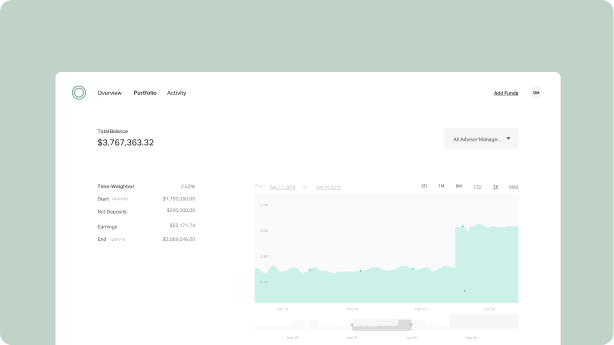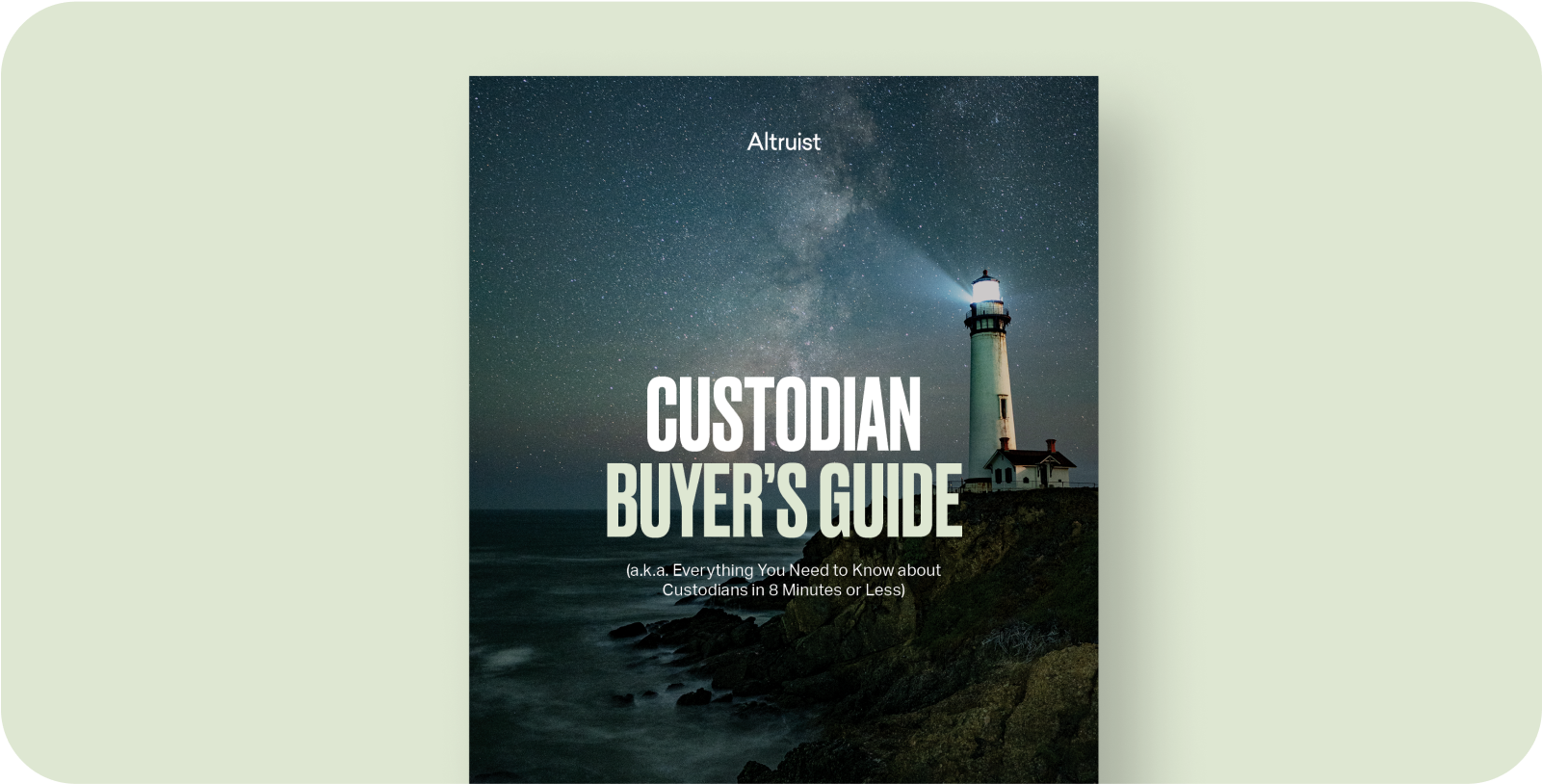These clients have complex problems, and they know that good enough isn’t good enough. Advisors who can successfully guide them have the opportunity to build standout businesses.
For most of us, employment means consistency and predetermined decision-making. Need insurance? You’ll choose from a few options. A retirement plan? That’s dictated by your workplace benefits.
Self-employed business owners, however, don’t get the same benefits. Those of your clients who work for themselves face challenges that are often more complicated and more consequential.
What size of salary should I draw? How can I be eligible for qualified small business stock? Which exit strategies align with my personal goals? These are just a few of the many high-stakes decisions self-employed business owners face, often alone—and unfortunately, the “do nothing” option is common. Pew Research found that only 13% of self-employed individuals participate in a retirement savings plan, compared to nearly three-quarters of full-time employees.
As an advisor serving such clients, your expertise can provide significant value to the individual and their business. RIAs in this niche get to guide smart, driven people through some of the most meaningful decisions of their entrepreneurial careers. It’s rewarding work, and given the depth of involvement, can come with premium fees.
In this article, we’ll cover key challenges self-employed business owners face, and offer a step-by-step guide for advisors looking to serve this valuable demographic.
Where business owners need the most help
Income volatility and irregular cash flow: Self-employed individuals experience fluctuating revenue. Some months may bring in record profits, while others could be unexpectedly lean. Advisors can help clients create financial buffers and structure their cash flow to remain stable through downturns.
Lack of employer-sponsored benefits: While salaried employees often have access to employer-funded health insurance, retirement plans, and disability coverage, self-employed individuals are fully responsible for these benefits. Advisors can guide clients toward the right mix of plans, whether that’s a high-deductible health plan with a Health Savings Account (HSA), private disability insurance, or a specific self-employed retirement vehicle.
Convergence of business and personal finances: Many self-employed individuals struggle to keep business and personal finances separate. Advisors can help set up distinct bank accounts, improve bookkeeping, and simplify tax preparation—critical steps that also reduce the risk of an IRS audit.
Maximizing value while minimizing taxes: Business owners often make financial decisions outside their expertise, from optimizing cash management to structuring owner compensation, ensuring QSBS eligibility, and planning for an exit. These decisions require strategic planning and are best tackled with a trusted advisor.
A simple guide to serving self-employed business owners
Step 1: Establish a baseline financial plan
A self-employed business owner is often focused on daily operations, yet their financial health hinges on proper long-term planning. That’s where you come in.
Develop a solid budgeting framework. Clients must be able to budget their business and personal obligations without using funds interchangeably.
One topic to consider is how much your client should pay themselves. Calculating a sensitivity analysis based on your client’s annual income, bonus structure, and tax profile can help them maximize their business deductions and take-home pay while saving on taxes. Other considerations, like owner distributions versus retained earnings, impact their personal finances and, importantly, their business’s financial health and profitability.
Select the appropriate retirement plan. Solo 401(k)s, SEP IRAs, and SIMPLE IRAs each offer distinct advantages and contribution limits that can far exceed what’s available to traditional employees. As an advisor, you should highlight the features of each plan type—such as employer matching in a Solo 401(k) or simpler administration in a SEP IRA—depending on the current and expected state of your client’s business.
Ensure proper insurance coverage. Health, disability, and liability insurance are particularly important for self-employed individuals who aren’t covered by employer benefits or liability protection. Clients who operate from home or have a physical location may also need property and business interruption coverage. Unfortunately, 90% of small business owners aren’t sure if they’re adequately covered by insurance. Advisors should emphasize the value of these policies—and recommend that clients review them regularly to account for changes in their business scope or personal circumstances.
Step 2: Implement tax optimization strategies
The U.S. tax code provides opportunities for entrepreneurs to lower tax liability. With the right guidance, self-employed business owners can use legal tools to significantly lower their tax liability.
Select the optimal entity structure. Every city, state, and country has its own tax laws for different entities. It may make sense for your client to change their entity structure or place of incorporation to reduce their personal and business taxes.
Identify tax optimization strategies. Self-employed clients often qualify for specific deductions—such as home-office expenses, equipment write-offs, and health insurance premiums. Advisors can collaborate with a CPA or tax specialist to help clients choose the tax classification (i.e., sole proprietorship, S Corporation, or a C Corporation, among others) that fits their business and personal financial needs. You’ll help them reduce tax exposure while avoiding potential red flags that could trigger IRS audits.
Manage quarterly estimated taxes. Unlike W2 employees, self-employed business owners generally must pay estimated taxes on a quarterly basis, rather than all at once at the end of the year. Missing quarterly tax payments or underpaying your estimated tax liabilities can result in penalties for your clients, a common occurrence: one American University study reported that one-third of small business owner respondents didn’t know if they had to pay estimated taxes, while 25% simply did not know how to file their taxes.
Step 3: Maximize business value
Your client’s business is (likely) the largest asset in their portfolio. Ensuring it grows and transitions smoothly is key to their financial well-being.
Balance business growth with personal financial goals: As businesses expand, owners may need additional capital for staff, marketing, or product development. As your client’s financial partner, you should have a clear understanding of the business’s expected profit, savings needs, cost structure and margins, and monthly income. Your client may need CFO-level support weighing different investments by calculating financial metrics like a project’s payback period or internal rate of return.
Optimize capitalization structure: If your client needs to raise capital, you may need to evaluate debt strategies, review lender paperwork, speak to equity investors, or structure investment documentation. Using the right capital stack for your client’s business will ensure they maintain the economics and control they need to grow their business.
Plan for succession and exit: Many business owners lack an exit strategy. Two-thirds of family businesses have no documented succession plan. Encouraging regular business valuations can help clients understand when it’s most profitable to exit or transition ownership. Advisors should also coordinate with M&A attorneys to ensure buy-sell agreements align with estate and legacy goals.
What this could mean for your RIA
Self-employed business owners have complex needs that go beyond traditional planning, often requiring guidance on both personal and business finances. The work can be more demanding, but for advisors who enjoy that level of involvement, it’s one of the most rewarding and profitable client segments in the industry—a way to take on a deeper financial role for fewer clients.













